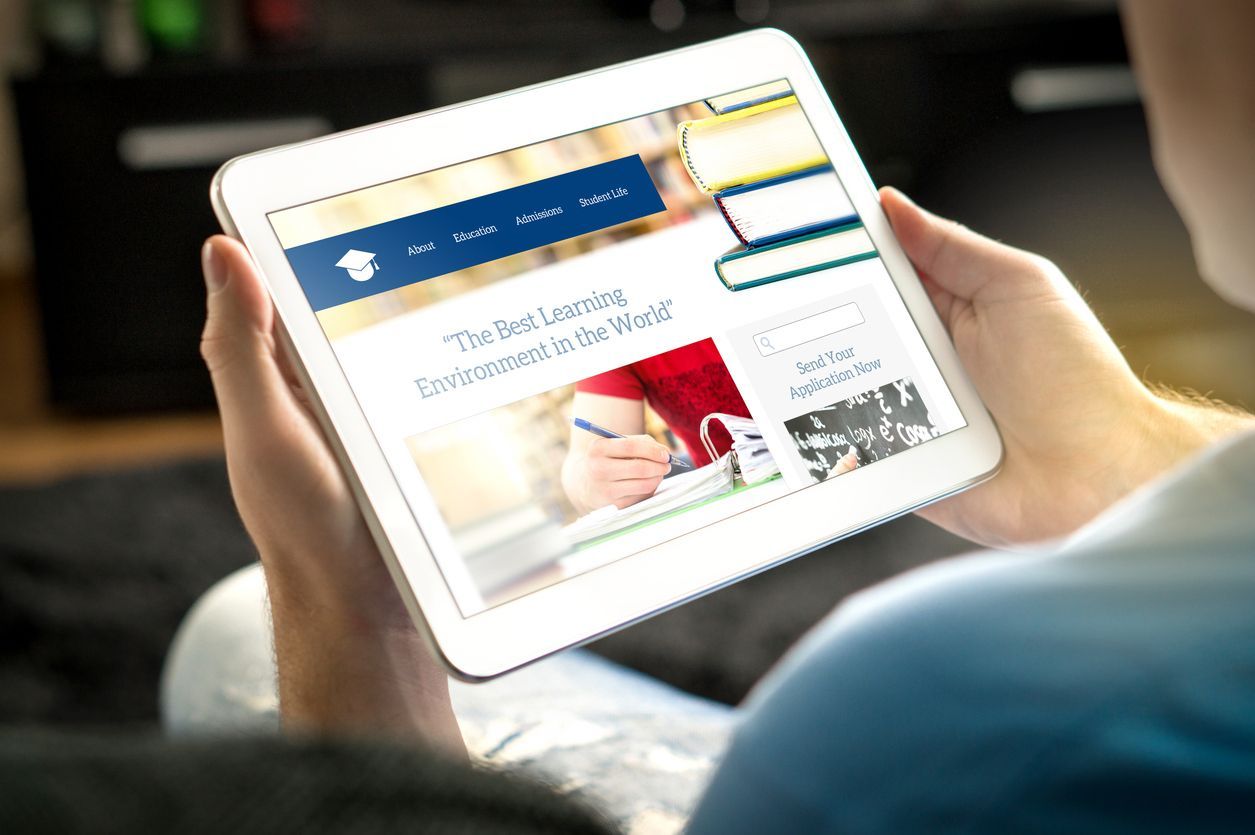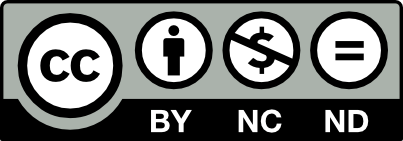This page is licensed under Creative Commons under Attribution 4.0 International. Anyone can share content from this page, with attribution and link to College MatchPoint requested.
Is This College Really a Fit? 7 Clues Hidden on Every School Website
Most college websites are designed to impress. They are filled with beautiful photos, polished language, and stories of success. But when you know where to look, a school’s website can also reveal something more important. It can show whether a college is actually a good fit for your teen.
Here are seven overlooked clues that can help you move beyond the marketing and uncover whether a school truly supports your student’s goals and values.

1. Academic Departments Show What Learning Looks Like
Instead of starting with the admissions page, begin with the academic departments. If your teen is interested in a specific major, explore that department’s website.
Look for details such as undergraduate research opportunities, first-year programs, or hands-on learning. Are student experiences highlighted, or is the page focused only on faculty achievements?
If your teen is still exploring, look at how the college supports undecided students. The way a department communicates about learning says a lot about what your teen can expect in the classroom.
2. The Curriculum Model Reflects Learning Style
Every college has a different approach to general education. Some require a structured set of core classes. Others allow students to design their own course plan. Most fall somewhere in between.
On the website, all of these models may sound similar. But the structure will shape your teen’s academic experience. Take time to review the course requirements. Would your teen be excited about those classes? Do they thrive with structure or prefer flexibility?
This is one of the most important areas to explore during the research phase.
3. The Student Newspaper Can Tell the Real Story
The student life section of a college website highlights traditions, clubs, and activities. That content can be helpful, but the student newspaper is often more honest.
Encourage your teen to read recent articles. What topics are students discussing? Are they writing about mental health, academic stress, social issues, or community values?
These stories provide insight into the student experience and show how the college responds when challenges arise. They are a valuable part of the research process.
4. Competitive Programs Are Not Always Obvious
Some majors, especially in business, engineering, and the arts, require a separate application process. This may happen before admission or during the first year.
Check the department websites carefully. Look for notes about required portfolios, auditions, GPA minimums, or limited enrollment. This information is often hidden under advising or frequently asked questions.
If your teen has a clear academic goal, you will want to know whether it is realistic to pursue that program from day one.
5. Student Support Services Reflect Institutional Priorities
Mental health, academic support, and career advising are often listed at the bottom of a college website. These services may not be front and center, but they are essential to your teen’s success.
Search for counseling, disability services, tutoring, and wellness programs. Explore the career center to see what types of resources are offered, including internship funding and one-on-one advising.
Look beyond the headlines. Does the support seem robust and accessible? Are students encouraged to use these services? A strong support system can make a major difference.
6. Leadership Communications Reveal Core Values
Colleges frequently post campus messages from the president or dean. These statements are often shared in response to campus events or national conversations.
Reading them can help your family understand the tone of leadership. Are the messages transparent, inclusive, and student-centered? Do they reflect a strong sense of purpose?
What a college says—and how they say it—matters. These public communications can tell you whether a school stands behind its mission and how it navigates complexity.
7. Social Media and Videos Add Human Perspective
Official videos and social media channels offer another window into daily life. Encourage your teen to explore both the college’s accounts and content created by students.
Watch campus tours, day-in-the-life videos, and event highlights. Browse Instagram or YouTube to get a sense of the tone and energy on campus.
Then compare what your teen sees on social media to what is described on the official website. If both reflect the same values and culture, that is a good sign.


